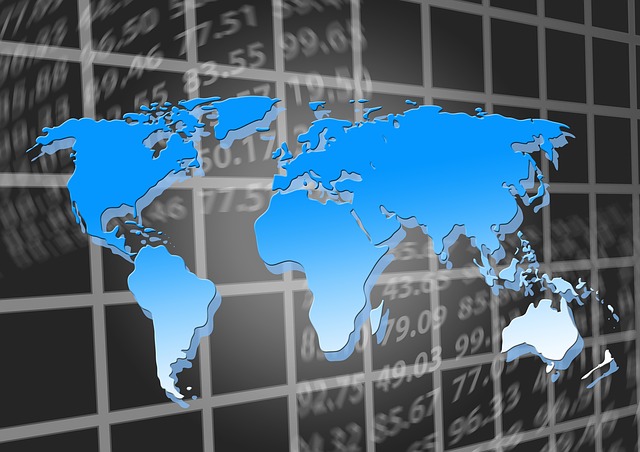Swissquote: A few more BRICS

BRICS – which includes the world’s major energy-hungry nations like China and India, invited five countries - which happen to be the world’s top oil producers Saudi Araba, Iran, UAE, Egypt and Argentina - to join the bloc.
This means that the world’s biggest oil producers and consumers will be forming a league within which – they are not necessarily willing to invent a gold-backed common currency – but where they will certainly be willing to settle their trades in terms of member-state currencies. The Chinese yuan could be a good candidate, the Indian rupee could be another alternative, or why not, the Russian ruble could also do the trick.
This is an important step towards weakening the petro-dollar, which is the outcome of an agreement back in the 1970s between Nixon administration and Saudi Arabia to trade oil exclusively in dollars in exchange for security guarantees from the US. Since then, OPEC has been selling its oil in USD terms. If we shift towards a new world order where oil and energy are no more traded in US dollars, that would be a major blow to the dollar as base and reserve currency, and that could also have major implications for the US economy’s exploding debt that the rest of the world would not want to finance anymore, and the risk-free-ness of the US treasury.
But we won’t reach that point tomorrow. First, China and India should end the conflict at their border. Second, a political alignment of EM countries with China and Russia is less evident than it sounds. India, for example, is not willing to make the US an enemy. PM Modi is the first foreign minister to address the US congress twice in the history of the United States, and many investments that leave China go to India.
But something is cooking in the EM kitchen and it’s worth watching.
Yes, Mr. Powell?
Those who expected the US dollar to tumble because BRICS are enlarging their alliance with top oil producers were disappointed yesterday. The US dollar extended gains to the strongest levels since the beginning of summer, as traders positioned for a hawkish speech from the Federal Reserve despite two Fed members hinting that the end of the Fed tightening is certainly near.
Boston Fed’s Susan Collins said yesterday that we may be ‘near a place where we can hold rates for a substantial amount of time’, and Philadelphia Fed President Patrick Harker said that the Fed has ‘probably done enough’ and should keep the rates at restrictive levels and watch the impact on the economy.
Looking at the projections, the Fed’s median rate showed in June that the Fed could increase rate one more time and stop, but pricing in the market suggests that the Fed may already be done with its rate hikes.
Bond investors are particularly focused on whether the Fed is willing to revise the neutral rate, r* - a rate at which the economy neither slows nor speeds up, higher. Any hint of a potential upside revision to the neutral rate could trigger a further bond sell-off.
Note that Jerome Powell has made it clear that the Fed itself doesn’t know where this hypothetical r* stands.
But one thing looks increasingly plausible to everyone and that’s what Bullard said: ‘the probabilities are that we are in a new regime that will be a higher interest-rate regime’, therefore a higher neutral-rate regime.
And that’s best for President Biden, as inflation is one of the most effective ways to… deflate debt.
